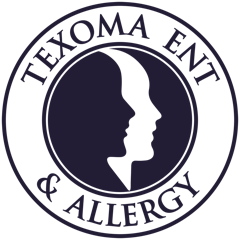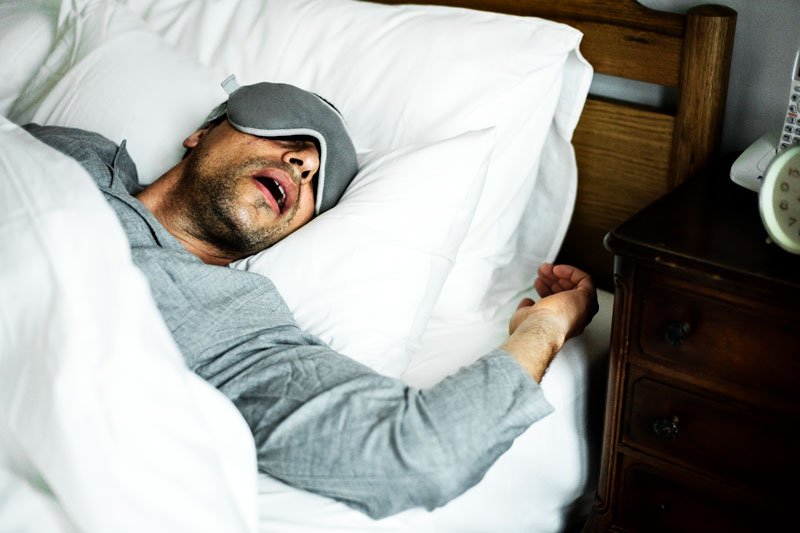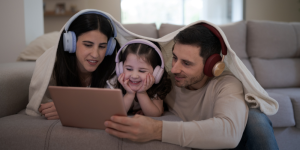Eighteen million Americans have obstructive sleep apnea (OSA). OSA occurs when the tongue and other soft tissues collapse during sleep. This results in lowered oxygen levels and less restful stages of sleep.
Eighteen million Americans have obstructive sleep apnea (OSA). OSA occurs when the tongue and other soft tissues collapse during sleep. This results in lowered oxygen levels and less restful stages of sleep. Moderate to severe sleep apnea has been linked to hypertension, diabetes, depression, and increased mortality due to effects on heart, brain, and lungs. Increased risk of car and work accidents are associated with untreated sleep apnea. Obstructive sleep apnea remains underdiagnosed — only 40% of the population with sleep apnea have been diagnosed.
The initial treatment of OSA is (CPAP) continuous positive airway pressure. Unfortunately, many OSA patients are unable to tolerate CPAP masks at night when they sleep. Oral appliances are another non-surgical option but are often uncomfortable and expensive. The success rate of oral appliances varies with the individual but overall success rate is less than CPAP.
Surgical procedures on the tonsils, tongue, palate and nose are beneficial in selected patients but post-operative pain is often significant for weeks.
Since the various treatments of OSA are often not optimal, many patients do not utilize any treatment — increasing their chances of morbidity and mortality.
In 2014, the FDA approved hypoglossal nerve stimulation (HNS) for moderate-to-severe sleep apnea patients who cannot tolerate CPAP. Candidates for HNS must have a respiratory disturbance index/apnea hypopnea index greater than 20 with a body mass index less than 32 (some recent research has shown benefit even in patients with a BMI of 37).
The hypoglossal nerve stimulator is a pacemaker to the anterior tongue that prevents tongue (and palate) collapse, which is commonly seen in OSA. It requires a day surgery procedure with placement of a stimulator on the hypoglossal nerve. The hypoglossal nerve, (cranial nerve XII) controls muscle activity of the tongue. A generator/battery is placed under the clavicle, similar to a cardiac pacemaker. The system is turned on and off by the patient–using a handheld remote controller (similar to a TV remote).
A National Study of 126 patients showed 80% reduction in snoring and apnea events with improved breathing, oxygen levels, and daytime functioning. HNS is a new procedure and is approved on a case-by-case basis by Medicare, Tricare, and many insurance companies. For more information, google: inspiresleep.com.





